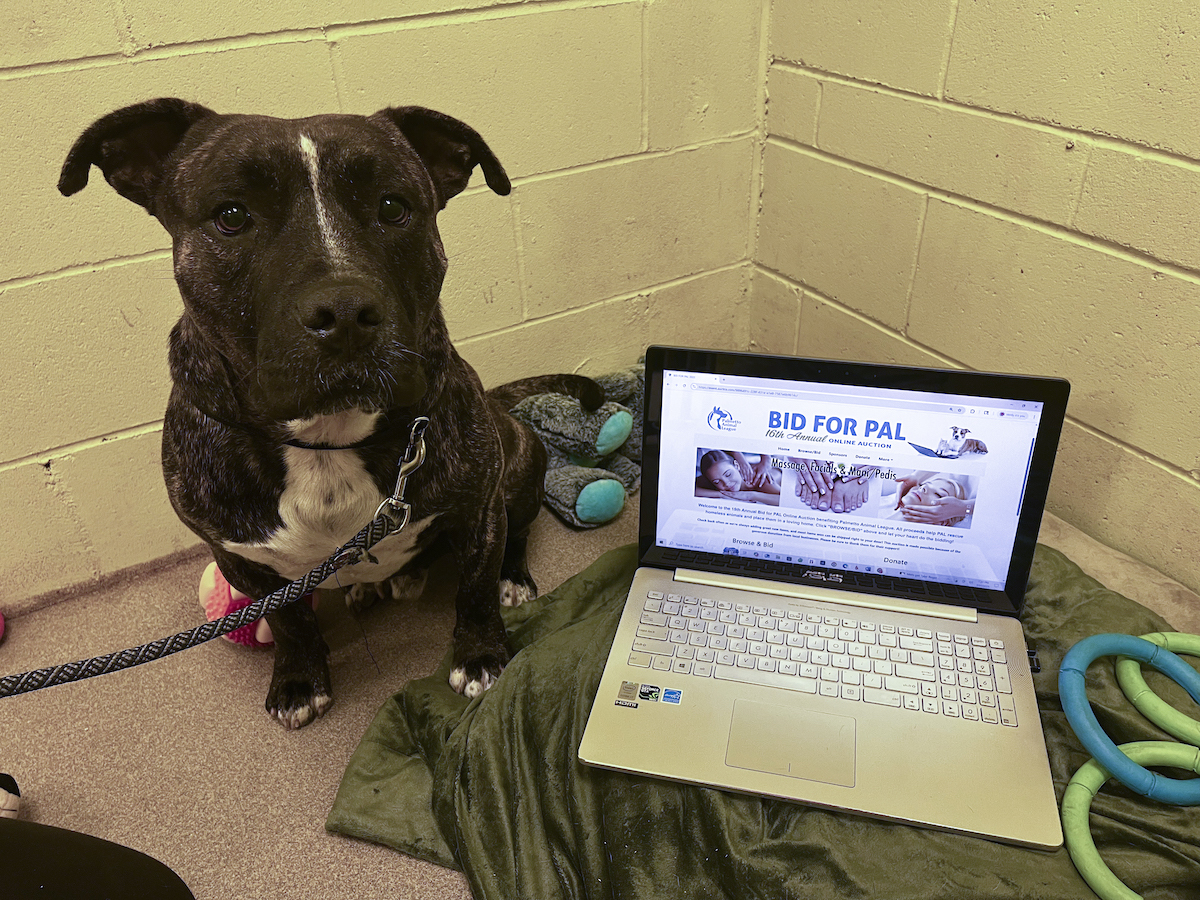The Yuck Factor, Part One
By Tracie Korol
Of late we’ve had a few local horses die from tainted feed. Now, I’m the first one to admit I know nothing about horses and what should or should not go into them, but the news that the feed was at fault is no surprise. The production of industrialized food and feed is a messy proposition with lots of opportunity for something to go wrong. Here’s how it works with dog food:
It would be nice if our dogs actually received the foods manufacturers lead us to believe are in each bag of chow. Plump whole chickens, choice cuts of beef, fresh grains, crunchy, fresh vegetables; all the wholesome nutrition your dog will ever need! This is what the U.S. pet food industry, at a profit of $58.51 billion in 2014, wants us to believe we are buying when we purchase their products.
It is logical that the pet food industry is an extension of the human food and agriculture industries. Pet foods are a convenient way for slaughterhouse leftovers and offal (oogly bits), grains considered “unfit for human consumption” and similar wastes to be turned into cash.
Dogs, as omnivores, do well on a primarily meat-based diet. The protein (meat) used in pet food comes from a variety of sources. When cattle, swine, chickens, lambs, or other animals are slaughtered, lean muscle tissue is trimmed away for human consumption, along with the novelty organs that people like to eat, such as tongues and tripe.
About 50% of every food animal does not get used in human foods, however. Whatever remains of the carcass — heads, feet, bones, blood, intestines, lungs, spleens, livers, ligaments, fat trimmings, unborn babies, and other parts not generally consumed by humans — is used in pet food, animal feed, fertilizer, industrial lubricants, soap, rubber, and other products. These “other parts” are known as “by-products.” By-products are used in feed for poultry and livestock as well as in pet food.
Better brands of pet food, the “super-premium,” “natural,” and “organic” varieties, do not use by-products. On the label, you’ll see one or more named meats among the first few ingredients, such as “turkey” or “lamb.” These meats are still mainly leftover scraps; in the case of poultry, bones are allowed, so “chicken” consists mainly of backs and frames—the spine and ribs, minus the expensive breast meat. The small amount of meat left on the bones is the “chicken” in the pet food.
Meat meals, poultry meals, by-product meals, and meat-and-bone meal are common ingredients in dry pet foods. The term “meal” means that these materials are not used fresh, but have been rendered. Rendering is “to process as for industrial use: to render livestock carcasses and to extract oil from fat, blubber, etc., by melting.” (Webster’s Dictionary) Rendering separates fat, removes water, and kills bacteria, viruses, parasites, and other organisms. However, the high temperatures (270°F/130°C) also alters or destroys natural enzymes and proteins found in the raw ingredients.
To complete the story, the amount of grain and vegetable products included in pet foods has grown over time, often, in some cases, completely replacing the meat proteins. Early on this practice led to severe nutritional deficiencies and many animals had to die before science caught up to this practice. Now, gluten meals, the high-powered protein extracts (and, the iffy stuff from China), are used to boost meat protein percentages. Corn gluten is most common because it’s really cheap. Wheat gluten is used to create the “shapes” we think dogs like to eat. It’s also used as the thickener in dog food “gravy”. Think glue. As you might expect, foods containing high levels of vegetable proteins are among the poorer quality foods. To make pet food nutritious, pet food manufacturers must “fortify” it with vitamins and minerals. Why? Because the ingredients they are using are not wholesome, their quality may be extremely variable, and the harsh manufacturing practices destroy many of the nutrients the food had to begin with.
Proteins are especially vulnerable to heat, and become damaged, or “denatured,” when cooked. Because dry foods ingredients are cooked twice — first during rendering and again in the extruding process — problems are much more common than with canned or homemade foods. Altered proteins may contribute to food intolerances, food allergies, and inflammatory bowel disease.
Next in this series: additives, chemicals and preservatives. Yum.





